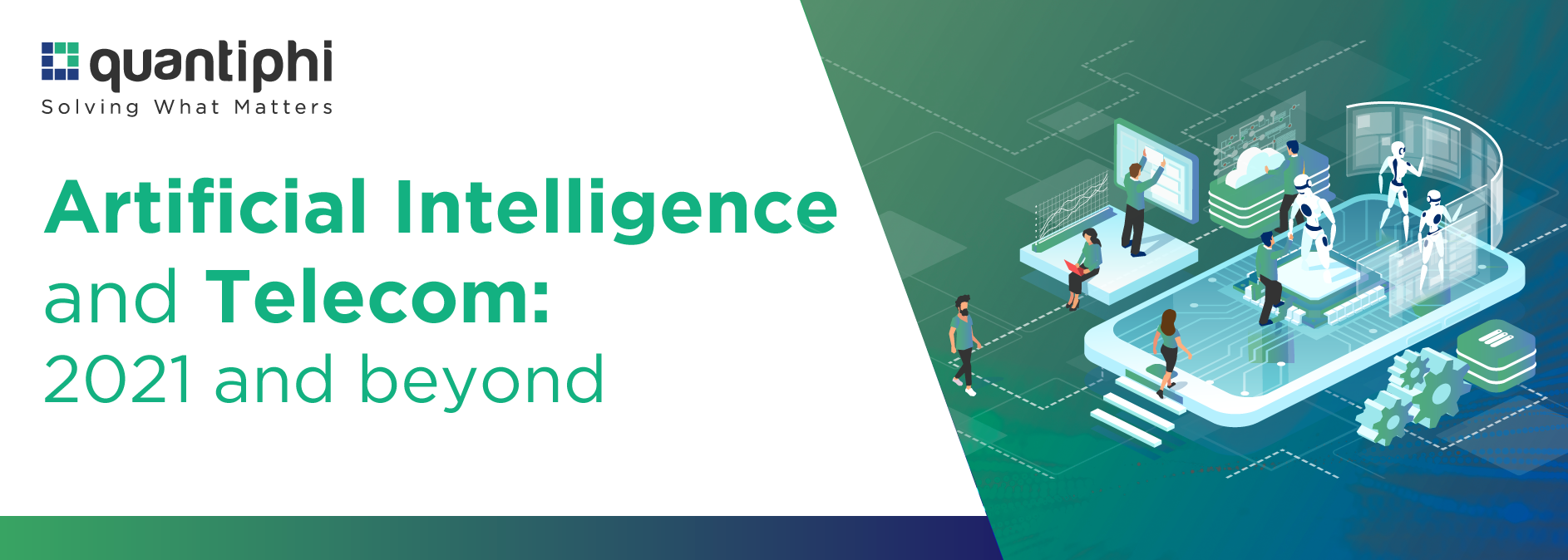Among the industries which stood out in the fight against the pandemic, the telecommunication industry deserves a special mention. The industry's swift response in providing communication lifelines, when the world was forced to work remotely, is a story worth telling.
Let’s put this in perspective. Analysts suggest that if the pandemic had happened at the dawn of the millenia, only 0.2% of the global workforce would have been able to work from home (compared with 10% today).
The telecom industry experienced unprecedented levels of voice/data requirements for maintaining business continuity and supporting essential services When demand for voice and data communications exploded, these organizations ensured that their networks would perform at maximum capacity, freed up infrastructure, and launched emergency rollouts.
Telecommunication is a crucial part of our daily lives. Currently, a significantly large population stays at home nearly 24/7 - working remotely, learning online, and streaming content more than ever. A Gartner survey of company leaders reported that 80% of companies plan to allow employees to work remotely at least part of the time after the pandemic, and 47% will allow employees to work from home full time.
Consequently, as telecom networks work round the clock, it is only natural to ask what role can technology play in navigating this change. More importantly, what does artificial Intelligence have in store for telecom?
Why AI and Most Importantly, Why Now?
As the world adjusts to its new ways, the telecom industry needs to revisit its long-term plans to remain more potent in the market. Many consumer and business trends, which were to mature in a few years, were hyper-accelerated in 2020.
A business today prefers to remain virtual and stable while keeping data at its core. Customers, too, are edging towards hyper-personalized experiences powered by 5G. Any discussion on 5G would hold little ground without addressing the need for cybersecurity measures to protect customer data and detect vulnerabilities.
With a lot to do in a short span, an AI strategy becomes imperative. Telecoms worldwide are digressing from the siloed approach and gearing up to use AI as a core element in their digital transformation journey. In a recent Deloitte study of advanced wireless adoption, “Enterprises building their future with 5G and Wi-Fi 6,” 86% of surveyed networking executives believe that advanced wireless will transform their organization within three years, and 79% say the same about their industry.
Let’s dive into how AI can solve some of the pressing challenges.
Customer Visibility and Personalized Experiences
Today, the presence of multiple digital touchpoints doesn't provide an accurate 360-degree view of the customer. AI can help in triangulating the customer information. We are talking about better customer relationships by identifying personalized needs, past interactions, and hyper-personalized engagements.
Telecom companies can leverage custom-built conversational AI solutions to create delightful customer experiences. These analyze vast volumes of conversational data, deliver trends, and actionable business insights. Chatbots integrated into the backend can provide immediate answers and address numerous customer support problems, empowering vast consumer bases and increasing deflection and containment rates.
These human-like virtual assistants can recognize customer intentions by analyzing the relationship between words. This predicts the customer requirements, the high-value, complex cases, and unsatisfied customers. The automation can reduce OPEX, enable resources, and minimize training costs on newer technologies.
AI-assisted Conversion, Retention, and Growth
AI can be leveraged to create personalized product bundles. For instance, fixed-line and mobile-network bundles that combine VPN, teleconferencing, and productivity apps. These curated bundles are essential for a customer who is working from home.
Deploying hyper-personalization tools will allow telecoms to adapt quickly to fast-changing contexts and require only necessary human interactions with customers. It will also enable them to develop personalized promotional campaigns 24-7 and increase customer lifetime value.
Network Optimization and Intelligent Asset Management
Though demand headwinds exist, AI is poised to transform the telecom landscape. The expansion will be mainly driven by telecoms deploying AI for 5G networks, and by cloud providers optimizing their infrastructure and services.
Historically optimizing network parameters have been a reactive response to increased downtimes and network failures. Predictive asset management and fault management can solve this. AI-powered network optimization based on historical network data provides a proactive approach to reduce downtimes and failures.

AI-assisted Conversion, Retention, and Growth
In the wake of 5G, the industry is expecting high network capacity requirements. There will be an exponential increase in IoT and edge devices, and AI-powered network forecasting and virtualization services will avoid latency and bandwidth issues.
AI can help operators switch to a customer-centric 5G rollout planning that will help them to map investments in the network to projected revenues, by combining customer-data and regulatory factors, and building models that determine priority rollout sites.
Cyber-Security
The promises of 5G connectivity also brings fresh concerns. 5G would create more network endpoints which will be exposed and vulnerable. AI would provide security orchestration with traffic analysis, deep packet inspection (DPI), threat identification and isolation.
Challenges to be Addressed
Though AI holds immense possibilities for telecom, it requires a structured plan to include and mature these into organizations' core capabilities.
- POC experiments at a smaller scale, which solve specific problems, need to be scaled at levels which demonstrate financial value and facilitate more such experiments
- Investments in data quality and standards remain an essential precursor to transformation
- Siloed data and lack of organizational ownership
- Change management efforts that promote an AI understanding and a rigorous AI organization model
Telecoms are presented with an unprecedented opportunity to shed the "utility provider" tag and embrace their role as customer value providers. The extent of their success in the next few years will depend on the technology decisions taken today.
AI is poised to solve industry challenges that matter - both in the short and long term.
Get in touch with our experts to explore our MEC capabilities.
Read more on "Quantiphi's Partnership with Google Cloud to deploy intelligent video analytics and low-latency Edge AI solutions."







